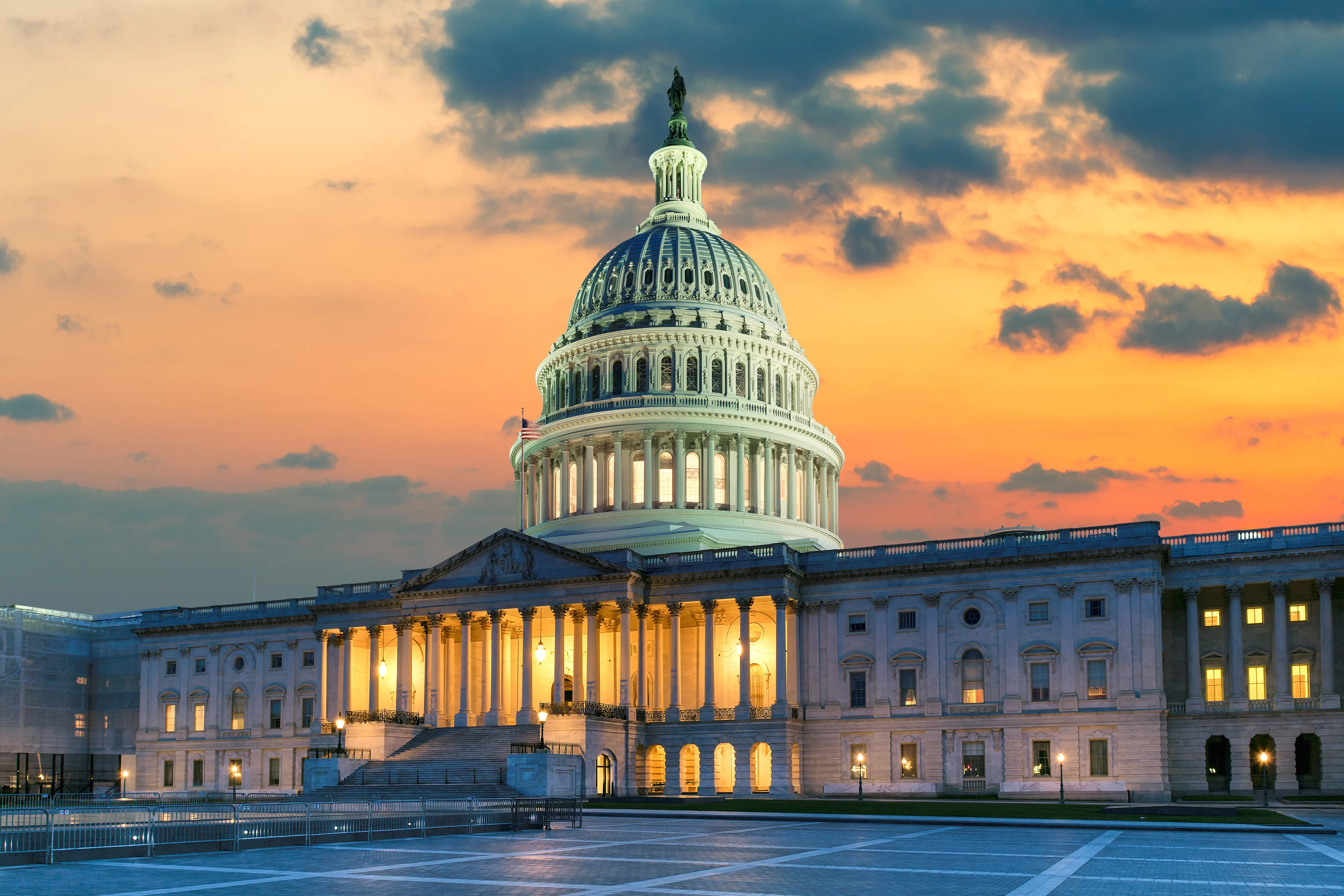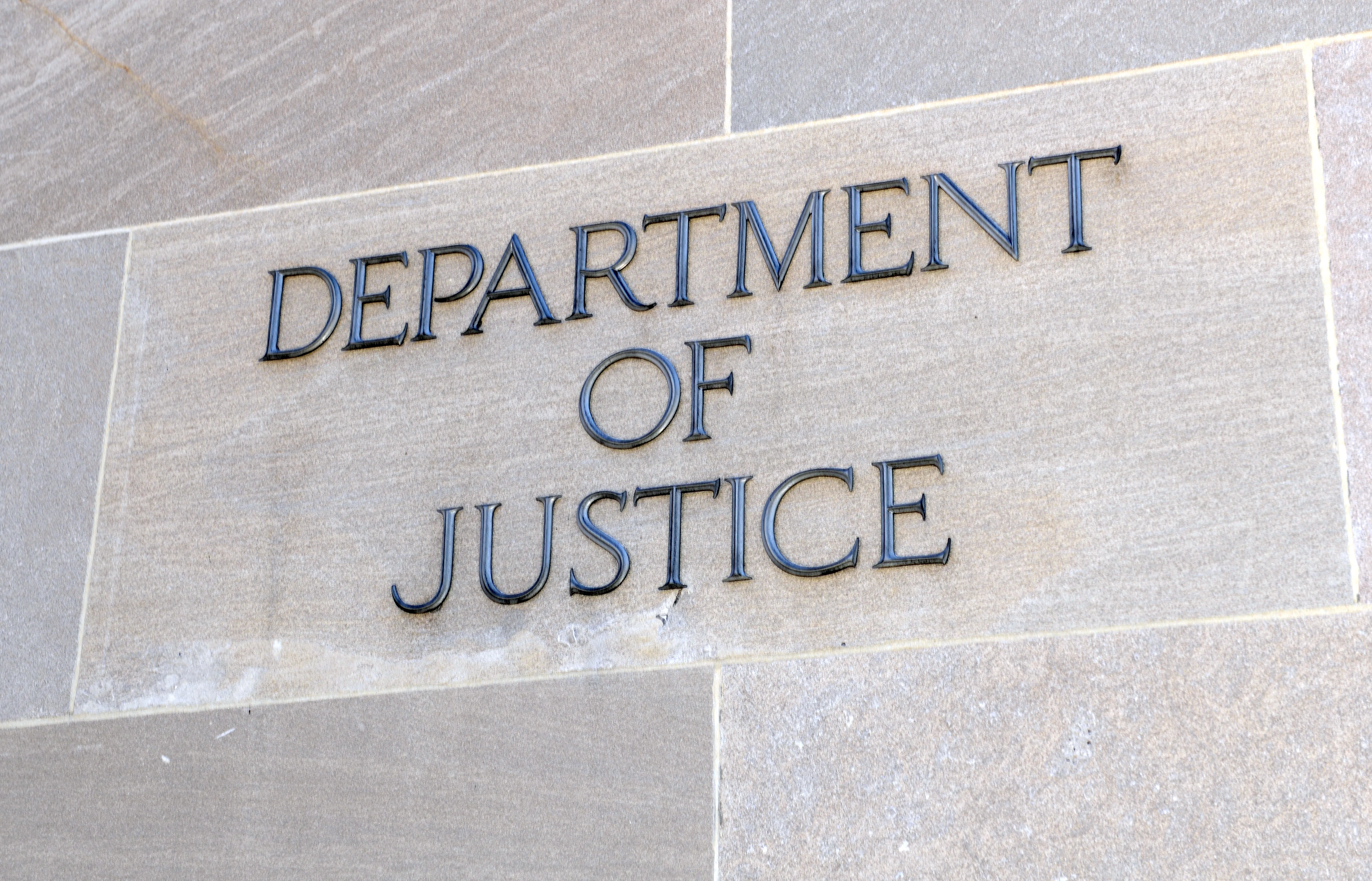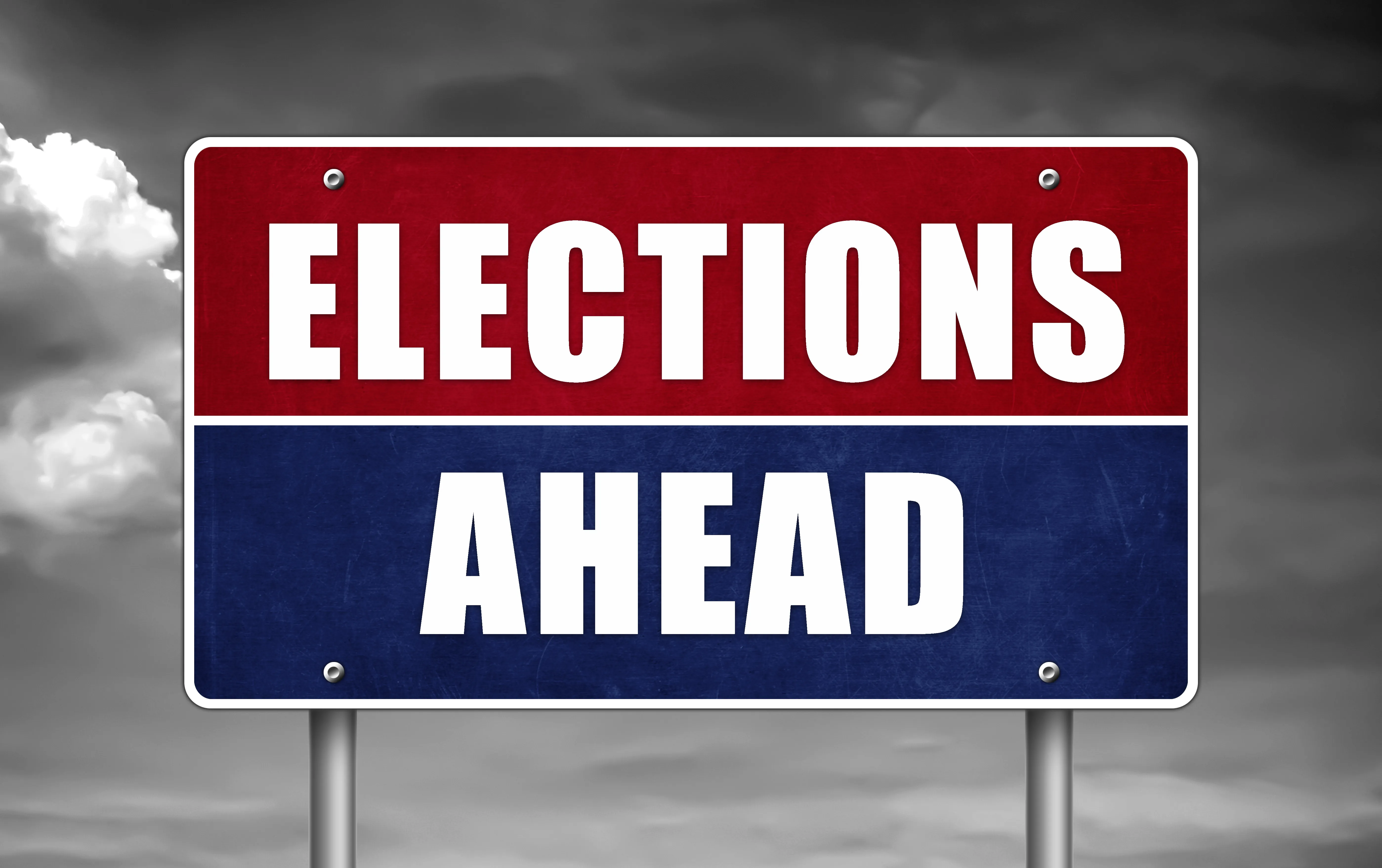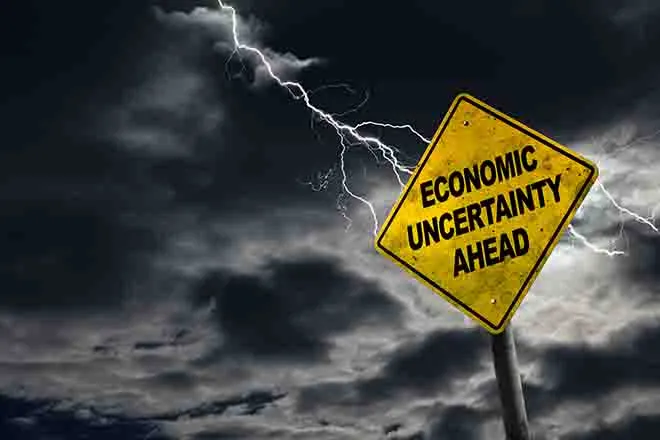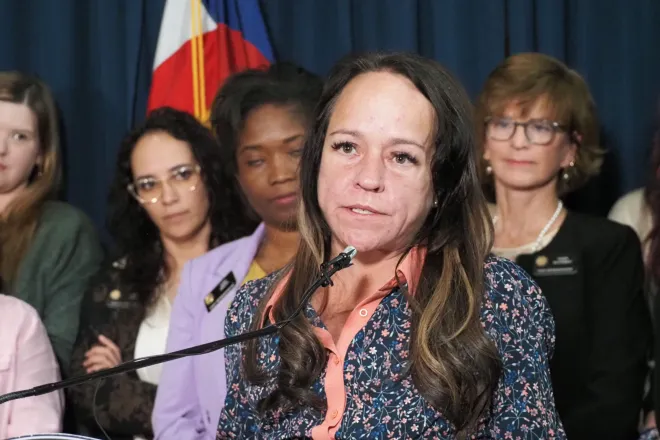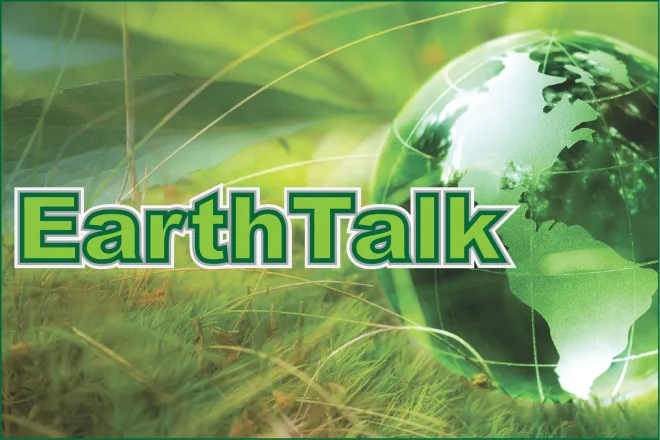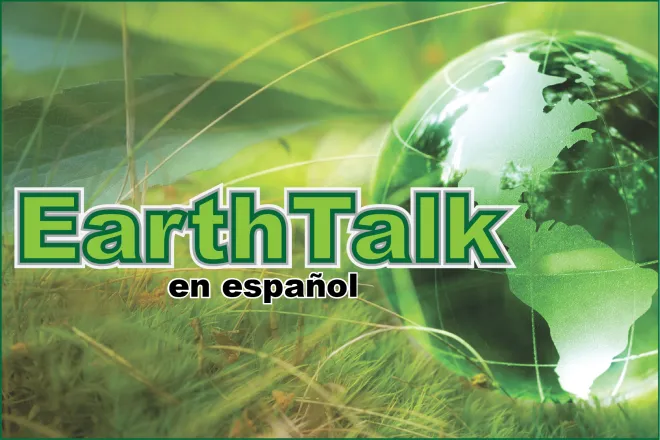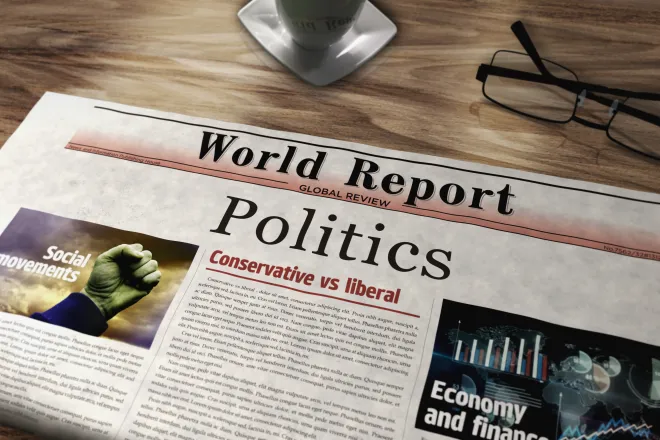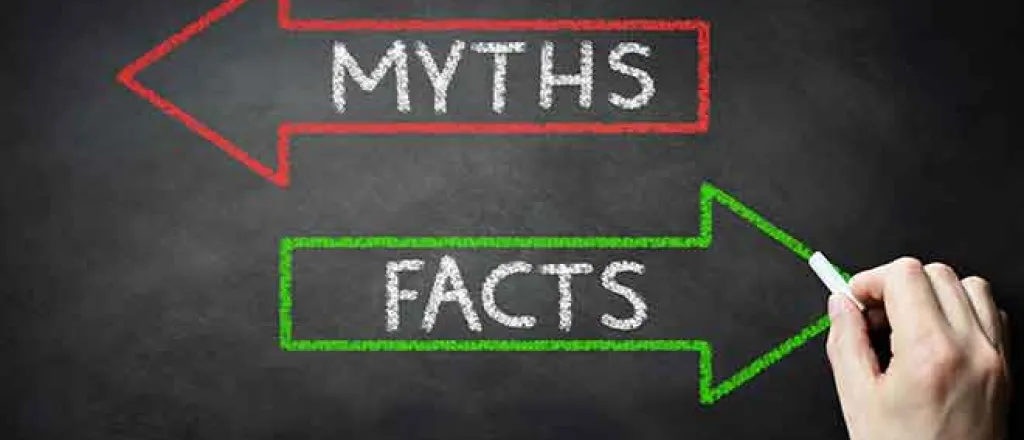
In times of crisis, states have few tools to fight misinformation
As deadly wildfires raged in Los Angeles this month, local officials were forced to address a slew of lies and falsehoods spreading quickly online.
From artificial intelligence-generated images of the famous Hollywood sign surrounded by fire to baseless rumors that firefighters were using women’s handbags full of water to douse the flames, misinformation has been rampant. While officials in Southern California fought fire and falsehoods, Meta — the parent company of Facebook and Instagram — announced it would eliminate its fact-checking program in the name of free expression.

© iStock - Chinnapong
That has some wondering what, if anything, state governments can do to stop the spread of harmful lies and rumors that proliferate on social media. Emergency first responders are now experiencing what election officials have had to contend with in recent years, as falsehoods about election fraud — stemming from President Donald Trump’s refusal to acknowledge his 2020 loss — have proliferated.
One California law, which passed along party lines last year, requires online platforms to remove posts with deceptive or fake, AI-generated content related to the state’s elections within 72 hours of a user’s complaint.
The measure allows California politicians and election officials harmed by the content to sue social media companies and force compliance. However, federal statute protects social media companies broadly from lawsuits, shielding them from being found liable for content.
“Meta’s recent announcement that they were going to follow the X model of relying on a community forum rather than experts goes to show why the bill was needed and why voluntary commitments are not sufficient,” Democratic Assemblymember Marc Berman, who introduced the measure, wrote Stateline in an email.
X, the company formerly known as Twitter, sued California in November over the measure, likening the law to state-sponsored censorship.
“Rather than allow covered platforms to make their own decisions about moderation of the content at issue here, it authorizes the government to substitute its judgment for those of the platforms,” the company wrote in the suit.
The law clearly violates the First Amendment, the suit argues. Further hearings on the lawsuit are likely to come this summer. Berman said he’s confident the law will prevail in the courts since it’s narrowly tailored to protect the integrity of elections.
California’s measure was the first of its kind in the nation. Depending on how it plays out in the courts, it could inspire legislation in other states, Berman said.
Few state laws
The spread of misinformation about the Los Angeles fires, bolstered by algorithms that boost divisive content, shows how social media companies cannot and are not handling this “crisis moment,” said Jonathan Mehta Stein, executive director of California Common Cause, a pro-democracy advocacy organization. States need to do more, he said.
“You’re not getting information from fire agencies or from the local authorities unless the social media companies ensure that you do,” he said in an interview. “And, unfortunately, the social media companies not only aren’t doing it, they’re actively working to make it harder for government to do anything about online mis- and disinformation.”
The two words are sometimes used interchangeably, but “misinformation” applies to false and misleading information, while “disinformation” refers to falsehoods that are spread deliberately by people who know the information is inaccurate.
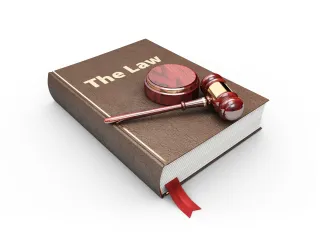
© tussik13 - iStock-908521486
California Common Cause and its California Initiative for Technology and Democracy project helped craft Berman’s bill and are working to promote similar state legislation around the country.
Misinformation laws in other states have been far more limited. In Colorado, for example, Democratic lawmakers last year passed legislation that requires the attorney general to develop statewide resources and education initiatives aimed at preventing the spread of online misinformation. But it doesn’t target social media companies.
In July, the U.S. Supreme Court put on hold laws in Florida and Texas that would have prevented social media companies from banning or restricting content from politicians. Social media companies argued those laws violated their First Amendment protections.
The laws were a response to what Republican state lawmakers saw as anti-conservative bias in social media companies, especially after Trump was banned from Twitter and Facebook in the aftermath of the January 6, 2021, riot at the U.S. Capitol. The justices unanimously agreed that the legal issues need further study in lower courts.
No state law to combat falsehoods has come close to the European Union model, which compels social media companies by law to curb misinformation and falsehoods on their platforms.
Nor should they, said Ari Cohn, lead counsel for tech policy at the Philadelphia-based Foundation for Individual Rights and Expression, an advocacy group for free speech rights on college campuses.
“If you have the government forcing platforms to remove information just on the basis of falsity, that’s a quintessential First Amendment violation,” he said. “It’s just a terrible idea to allow power to determine what truth is.”
Cohn’s organization, also known as FIRE, has praised Meta’s new approach to community fact-checking, saying it eliminates the personal biases of company fact-checkers and promotes a more democratic approach to correcting bad information. X expanded its use of the Community Notes model in 2022.
Critics, however, have argued Meta’s decision would make the spread of misinformation and hate speech worse, and that the move was a blatant political ploy to curry favor with Trump.
Limited tools to fight misinformation
Without legal avenues to tamp down misinformation, officials have had to be direct in confronting falsehoods, some even launching websites dedicated to addressing and correcting online rumors. Experts call the practice “pre-bunking.”
Newsom launched the California Fire Facts website that shows “lies” about the state’s response to the wildfires along with true information. Among the claims from social media: Democratic leaders started the fires to hide “pedophile tunnels”; one fire stemmed from a satanic ritual; the state wants out-of-staters to come help fight the blazes. All of these, the site noted, are false. And the Federal Emergency Management Agency is updating a site previously used during hurricanes to address rumors.
People, even more than they did before, need to be their own gatekeepers and fact-checkers and editors when it comes to their information diet.
– Peter Adams, senior vice president of research and design at the News Literacy Project
Beyond officials countering online falsehoods, the X model of public fact-checking, is in full swing, with users submitting notes to the site that point out misleading or false information.
For example, when conservative provocateur Dinesh D’Souza posted on X to his 4.7 million followers with claims that fire trucks from Oregon were forced to stop in Sacramento for emissions testing, users added a note.
“This information is false and misleading,” the note read, linking to an official account from the Oregon state fire marshal.
But the Community Notes model is insufficient, said Imran Ahmed, founder and CEO of the Center for Countering Digital Hate, a nonprofit that advocates for online civil liberties.

© iStock - Zerbor
In October, the center published a study that found that 74 percent of Community Notes correcting U.S. election misinformation never get shown to users. Further, posts with false information had 13 times as many views as the Community Note itself.
“It relies on the goodwill of users,” Ahmed said in an interview. “Of course, the behavior of some of the people running these platforms show that quite often there isn’t goodwill, that these aren’t environments in which people are seeking to create the truth.”
When natural disasters such as the Los Angeles wildfires hit, they act as flashpoints of misinformation, and Community Notes-type programs are not effective enough in combating the falsehoods, said Peter Adams, senior vice president of research and design at the News Literacy Project, which advocates for states adopting news literacy curricula.
The organization runs the RumorGuard digital tool that informs subscribers when there is widespread misinformation on a specific topic. The group released an alert Jan. 9, two days after the Palisades Fire erupted.
“People, even more than they did before, need to be their own gatekeepers and fact-checkers and editors when it comes to their information diet,” Adams said.
Berman, the California Democratic assemblymember, agrees. Misinformation about natural disasters can have dangerous real-world consequences and can mislead people at their most vulnerable moments, he said.
In 2023, he successfully shepherded a bill to add media literacy to the K-12 curriculum, joining several statesthat have enacted similar legislation in recent years.
Recently, Berman said, a close friend who lives in the Pacific Palisades community told him about false information spreading through his social circles. Berman encouraged the friend to always ask himself, “Who is it who is doing the posting?” and “What are their motives behind what they are posting?”
“He joked that he could use some media literacy training,” Berman recalled in an email to Stateline. “But the truth is we all could.”
Stateline is part of States Newsroom, a nonprofit news network supported by grants and a coalition of donors as a 501c(3) public charity. Stateline maintains editorial independence. Contact Editor Scott S. Greenberger for questions: info@stateline.org.



